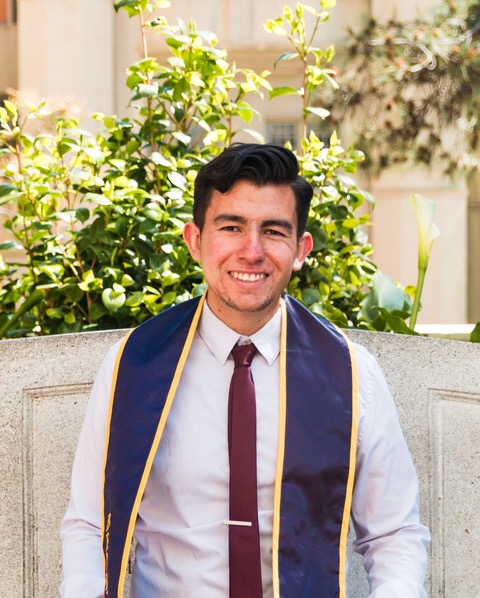
Speaker:
Affiliation:
ABSTRACT: Turbulent boundary layers (TBL) account for increases in drag on vehicles and promote mixing and heat transfer in meteorological applications, yet are difficult to study because of the nonlinearity and multiscale phenomena in the governing Navier Stokes Equations (NSE). Responsible for sustaining the turbulence in these flows are coherent motions, which are routinely targeted by flow control strategies and contain large portions of the turbulent kinetic energy. The resolvent analysis framework, introduced by McKeon and Sharma (2010), is a promising tool at identifying these coherent motions and studying turbulent wall bounded flows in a scale dependent fashion. Resolvent analysis treats the nonlinear terms in the NSE as inputs to the linear resolvent operator and the corresponding response as the turbulent fluctuations. By analyzing the resolvent operator, an orthonormal basis for the inputs (forcing modes) and an orthonormal basis for the outputs (response modes) can be identified and ranked in order of their corresponding linear amplification. Here, this analysis incorporates both the streamwise evolution and wall normal variation of the TBL flow to create a global resolvent analysis. In this talk, different self-similar scalings identified for the mean flow field of a zero pressure gradient TBL are applied to the global resolvent operator. Under these scalings, the response and forcing modes are shown to have selfsimilar streamwise evolution. These results are then applied to an adverse pressure gradient TBL, which has more significant streamwise development of the velocity and length scales.
A key challenge with global resolvent analysis is the expensive matrix operations required when the equations are discretized in both the streamwise and wall normal directions. In particular, the matrix inversion is the main bottleneck of the calculations. To circumvent the need for matrix inversions, a variational form of the resolvent analysis is suggested which treats the resolvent modes as stationary points of a Lagrangian. The resolvent modes are then approximated with a truncated expansion in an arbitrary basis, resulting in a significantly smaller linear system than the original discretized system. This is shown to reduce the computational costs associated with the global resolvent analysis.
BIOSKETCH: Salvador Gomez is a fourth year PhD student at Caltech in the McKeon Research Group. Before coming to Caltech, he earned his Mechanical Engineering degree and Physics Minor at UC Berkeley, where he developed interest in fluid mechanics and was a member of NSF CAMP and SHPE. He is currently studying turbulent boundary layer flows, with the resolvent analysis framework. At Caltech, he is an officer of Club Latino, where he helps organize outreach events and professional and social activities for the Latino graduate student community at Caltech.
Date/Time:
Date(s) - Apr 20, 2022
11:00 am - 12:00 pm
Location:
37-124 Engineering IV
420 Westwood Plaza Los Angeles CA
